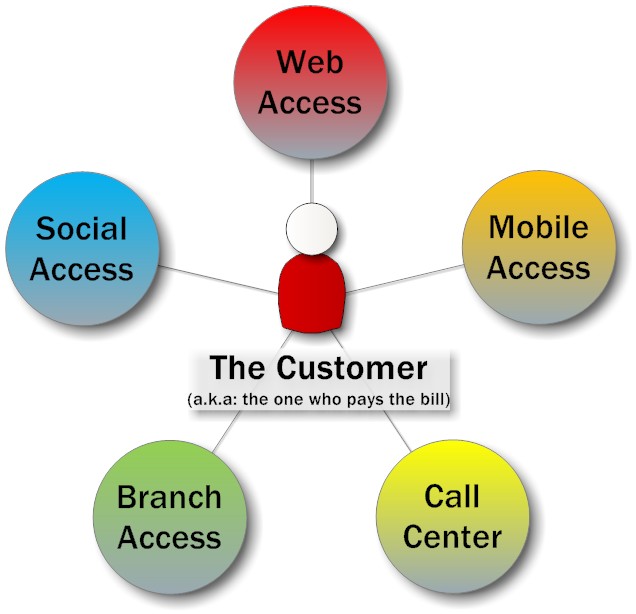Customer Care Expectations
There is a whole industry providing happiness to the people that ultimately decide over a company's success and failure: the customers. However it seems to be incredibly difficult to get customer service right (Yes Starhub and AIA, I'm talking to you). The rules however sound simple:

You now can ask: "Stephan, what are you dreaming at night?". So what is going wrong with Customer Care in most places?
Customer care is treated as cost centre disconnected from the associated income. Instead of being treated as cost of sales, it is treated as general, to be eliminated, cost. The old management wisdom goes: you get what you measure. What typically can be found are things like: " # of calls handled" or " ticket open time", while measurements like " customer satisfaction" or " resolution of complex matters" are in short supply. If ticket open time is all you measure, then closed tickets (and angry customers) is all you get. More interesting would be (but that requires well integrated systems): do customers buy again after contacting customer support? Is there a feedback on Twitter, Facebook or a blog on the experience? How many tickets stay closed (I have re-opened quite some of them)? I hear the hordes of customer care managers howl: " But we need cold hard facts, don't take away our ticket open time". So if you have to: measure the time from ticket opening until the CSR suggest of closure for tickets that get closed thereafter. Measure how many closures get rejected. But be aware: you get what you measure. Want to change, see what people smarter than me have to say
As usual YMMV
- Customer care is for the most important person in the company: the customer. It deserves to be a VIP service
- Customers are humans and like to be treated like one (VoiceMenu hell isn't human - tip for Starhub: answer every question with 0 and ignore the machine lecture about invalid answers and you will get to a human fast)
- Every case needs to stay visible to both the customer and corporation until it is resolved
- Every case needs to have a person in charge until resolved. That person might change during the course of a care engagement, but there is always a person in charge. (S)he is visible to the customer.
- Every case has a status and that status is visible to the customer. Ideally it also has an ID, so it is easy to track when using different support channels. That ID must be suitable to be communicated verbally or in a short message
- A case is resolved when the customer says so. Not earlier, not later. CSR (Customer service representatives) can suggest closure, but it is the customer's decision
- Support is multi-channel. If the company allows login to their website (e.g. to check accounts), then all support cases need to be accessible there too, regardless of where they were filed in the first place. If a company uses SMS for support updates, one must be able to reply to it (Starhub fails there). If the call centre receives a call, they need to have access to the support cases opened through eMail, web or in a branch office. If support uses Facebook, Twitter or other social channels, they need to be linked to the support system
- At any point in time a customer can use any channel to provide additional information or inquiry the status of a ticket

You now can ask: "Stephan, what are you dreaming at night?". So what is going wrong with Customer Care in most places?
Customer care is treated as cost centre disconnected from the associated income. Instead of being treated as cost of sales, it is treated as general, to be eliminated, cost. The old management wisdom goes: you get what you measure. What typically can be found are things like: " # of calls handled" or " ticket open time", while measurements like " customer satisfaction" or " resolution of complex matters" are in short supply. If ticket open time is all you measure, then closed tickets (and angry customers) is all you get. More interesting would be (but that requires well integrated systems): do customers buy again after contacting customer support? Is there a feedback on Twitter, Facebook or a blog on the experience? How many tickets stay closed (I have re-opened quite some of them)? I hear the hordes of customer care managers howl: " But we need cold hard facts, don't take away our ticket open time". So if you have to: measure the time from ticket opening until the CSR suggest of closure for tickets that get closed thereafter. Measure how many closures get rejected. But be aware: you get what you measure. Want to change, see what people smarter than me have to say
As usual YMMV
Posted by Stephan H Wissel on 17 July 2011 | Comments (0) | categories: Business